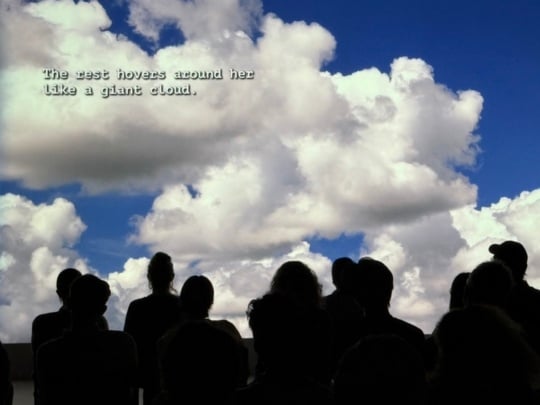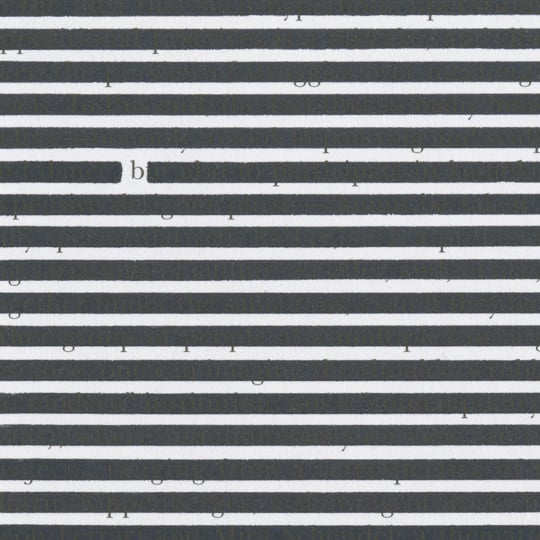
One of the biggest challenges faced by contemporary artists and curators is reaching beyond their white cubes to include audiences that don’t currently mingle among the wine-sipping choirs they’re already preaching to. Words like “inclusivity,” “welcoming,” “interactive,” and “educational” are regularly repeated in conversations about engaging would-be viewers who overlook or even avoid interacting with contemporary visual art culture. I’ve been listening to those conversations for nearly 20 years, but I haven’t seen many real solutions actually formulated or successfully implemented.
For this reason alone, Who’s Afraid of Contemporary Art? deserves its readers. Here Kyung An (assistant curator at the Guggenheim Museum, New York) and Jessica Cerasi (exhibitions manager at Carroll / Fletcher gallery, London) attempt to condense contemporary art, the history that’s informed it, and the relevant context that surrounds it into one slim, easy-to-read volume. It’s an imperfect project, but it’s mostly a success, and it’s a great starting point for taking even more effective steps towards making sure that gallery doors are actually as open and inviting as the art world claims to want them to be.

The book is arranged in the form of 26 well-chosen questions that give an overview of the contemporary art world at large while also letting the reader choose where to start or stop a quick peek or deep dive between the book’s covers. A reader seeking a thorough understanding of today’s visual arts scene will find inquiries that match their own and ones that inspire continued reading. The merely curious might be grabbed by the questioning title and then pulled-in by one of the asks in the book’s chapter headings such as “It’s the Thought that Counts – Can a Concept be a Work of Art?” or “Connecting the Dots – What Do Curators Do?”

Who’s Afraid of Contemporary Art? covers a broad swath of the who, what, where, when, why and how of our current art scene, and its biggest accomplishment is its impressive condensing of all of this information into about 110 pages in a smallish book. The authors manage to nail the history of art from the Middle Ages to the present in only two pages, and they similarly address art’s relationship with technology – from Leonardo da Vinci’s camera obscura to the problems with the term “new media” – in another pair of pages. This heady distilling provides readers with exactly – and only – the crucial information they need to get a handle on today’s art, and that’s probably the book’s greatest accomplishment.

The book’s biggest weakness is its tendency to come off as overly pedantic—the 26-question structure is arranged alphabetically, like a book designed to teach a four-year-old how to read. And the repetitive nature of the question/answer format ultimately made me feel like I was back in the fourth grade running my multiplication tables flash cards all over again. The art world talks a lot about wanting to be more inclusive of wider, general audiences. But the art world also loves the elite cultural status – and high price tags – that come with its specialized understanding of rarified practices and the objects they produce. The truth is, the art world would love to have it both ways, and in simultaneously informing and infantilizing its readers, so does this book.

Who’s Afraid of Contemporary Art? echoes some of the art scene’s unfortunate tendencies, but it mostly reflects its playful mixing of high and low aesthetics and ideas; its preoccupations with social issues and political consciousness; its ubiquitous presence in institutions, advertising, and improvised spaces; and its importance as a means of explaining to ourselves this sometimes-overwhelming present cultural moment. At its best, this book is an important addition to the ongoing conversation about creating an art culture that might mean more to more of us.
Joe Nolan is a critic, columnist, and intermedia artist in Nashville. Find out more about his projects at www.joenolan.com.




